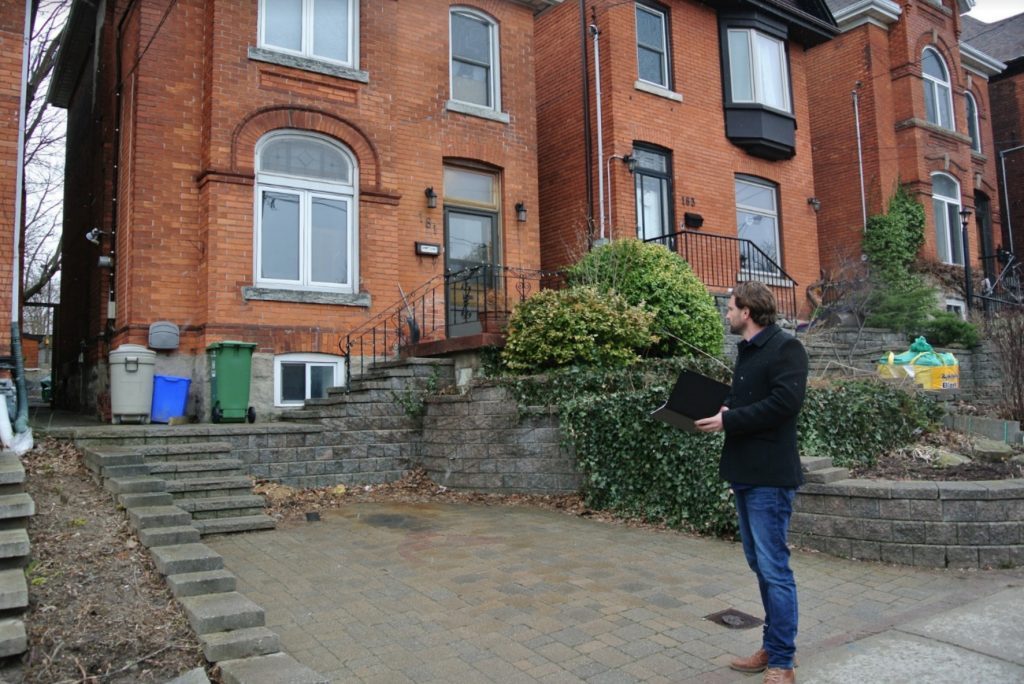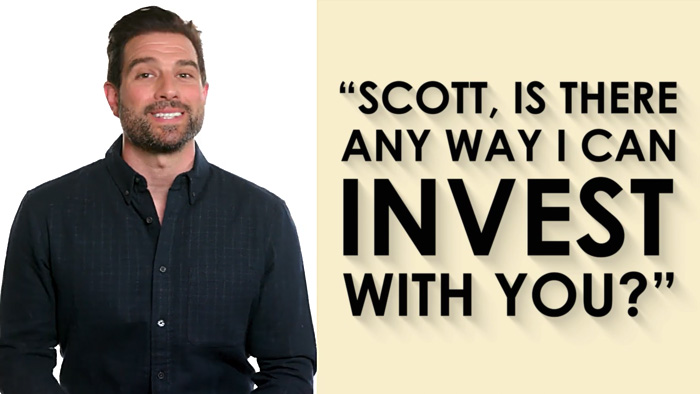What is Cash Flow

When I talk about investing in income properties, success and failure always come down to cash flow – the money that “flows” in and out of my investments every month. Sure, market appreciation is great, but it’s far from reliable. And since market appreciation – and depreciation – provide some uncertainty, the number one indicator I look for in an investment property is not market value, but rather it’s positive cash flow. If I can figure out how to make a property cash flow month after month – meaning more money comes in than goes out every month- it doesn’t matter if the overall value fluctuates.
Remember the market crash of 2008? At that time I owned a lot of properties, and the majority of them lost a lot of value. They were no longer worth what I had purchased them for a just couple of years earlier. Disaster, right? Wrong. Each and every one of them continued to generate income because I had calculated the cash flow before I purchased them. I calculated the renovation costs and the operating costs and weighed them against how much I could command in rent. I even allowed myself a buffer in case I had to go a month or two without renters. I made sure the numbers worked.
When the crash hit and everyone started selling, I was able to sit back and wait, because I was continuing to rent them out and pay down the mortgages. I won’t lie and say that I was totally worry-free, but rather than react to the news and panic, I just kept doing the math, and because of that I never felt the pressure to sell. Now that we’ve weathered the storm all these years later, they’ve gone back up in value and the mortgages have been paid down.
How to Calculate Cash Flow
So how do you calculate cash flow? It’s actually very simple. It is the net result of subtracting all cash going out from all cash coming in. It has nothing to do with taxes or deductibility – it’s simply money in minus money out.
The money coming in consists of rent, and in some cases cable, Internet or hydro. It all depends on your agreement with the tenant. The money going out consists of things like mortgage payments, property taxes, insurance premiums, repairs, renovation expenses, and so on. It makes no difference whether they’re tax-deductible or not, so don’t get caught up in this. If they’re expenses you have to pay, they go into the equation.
If you do these calculations and you end up with a positive number you’re in good shape. If you end up with a negative number abort mission immediately. You should never, ever purchase an income property that does not cash flow.
When it Comes to Cash Flow, Be Honest
The key to coming up with a number that works is being 100% honest about the numbers. People tend to think they can get away with leaving a number out, or in some cases, they’re simply not aware of all the expenses, but it’s imperative to your success that you come up with every number you possibly can. Don’t fudge the numbers to try and make it work. Even the smallest expense will impact your overall number, so if you can’t come up with a positive cash flow number, move on to the next property. I promise you’ll find another.

Comments